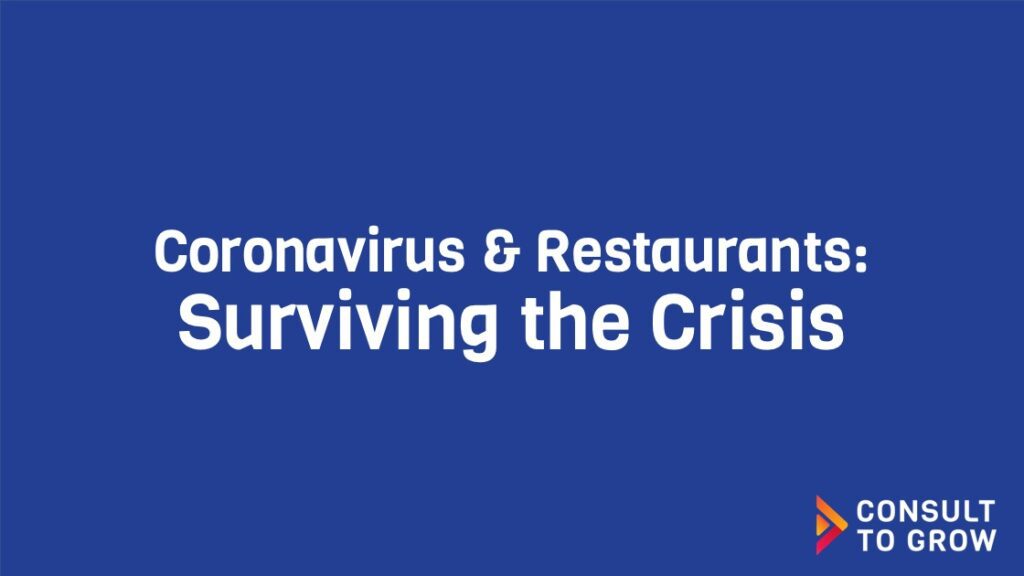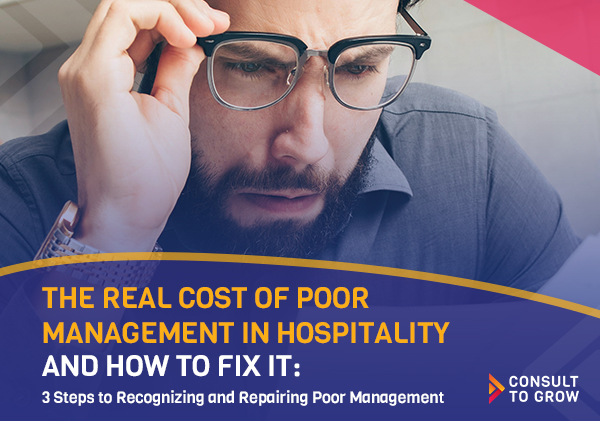
Defining Yourself As a Leader
Becoming a leader requires a change in perspective that comes about through personal reflection. As a new-in-position leader, who do you want to be? Who

Kudos to Restaurant Business Online for reporting on the unprecedented impacts of the COVID-19 crisis on the restaurant industry.
In times of crisis, tough decisions must be made. When in doubt, allow your company’s core values to guide decisions. Otherwise, ask yourself the following questions:
As a leader, step back from the day-to-day decision churn and think about the big picture. The exact timeframe of the COVID-19 crisis is unknown but we should plan for months, not weeks. Operators have three to four milestones ahead of you:
While many states have set limits on restaurant operations, including closing restaurants to dine-in service, many still allow for drive-thru, takeaway, curbside and delivery service. If you are currently operating, consider the following:
Read this article: Why Takeout and Delivery Could Save Your Restaurant.
Drive-thru and delivery-focused chain restaurants will be in the best position to sustain through the coming period of customer self isolation. Others need to quickly adapt or begin a temporary shutdown of operations.
Sample Restaurant Worker Layoff Notice
Sample Communication Reduced Hours, No Layoff
If your financial situation dictates a temporary shutdown of operations, make that decision sooner rather than later to preserve cash for the future. It is more important that our workers have restaurants to return to than having short-term wages.
Attempt to make every effort to make long-term decisions with crew, cash and community that enable you to make the strongest recovery possible in the future.
Consult to Grow® provides various tools and services to help you improve your operational performance as you scale and grow your business. We can expertly assess your scalability, develop tactical plans, facilitate planning, and more. Ready to get started?

Becoming a leader requires a change in perspective that comes about through personal reflection. As a new-in-position leader, who do you want to be? Who

Growing Your Emotional Intelligence as a Leader Means Enhancing Mental Health for You and Your Team Running a business isn’t only about operations—it’s about managing

3 Steps to Recognizing and Repairing Poor Management Hospitality isn’t just about serving food, making drinks, or booking rooms—it’s about people. And when management fails